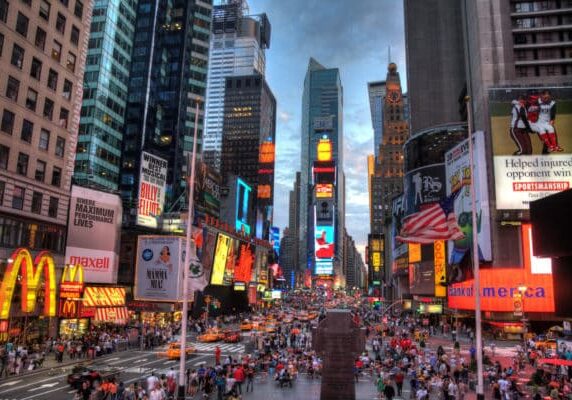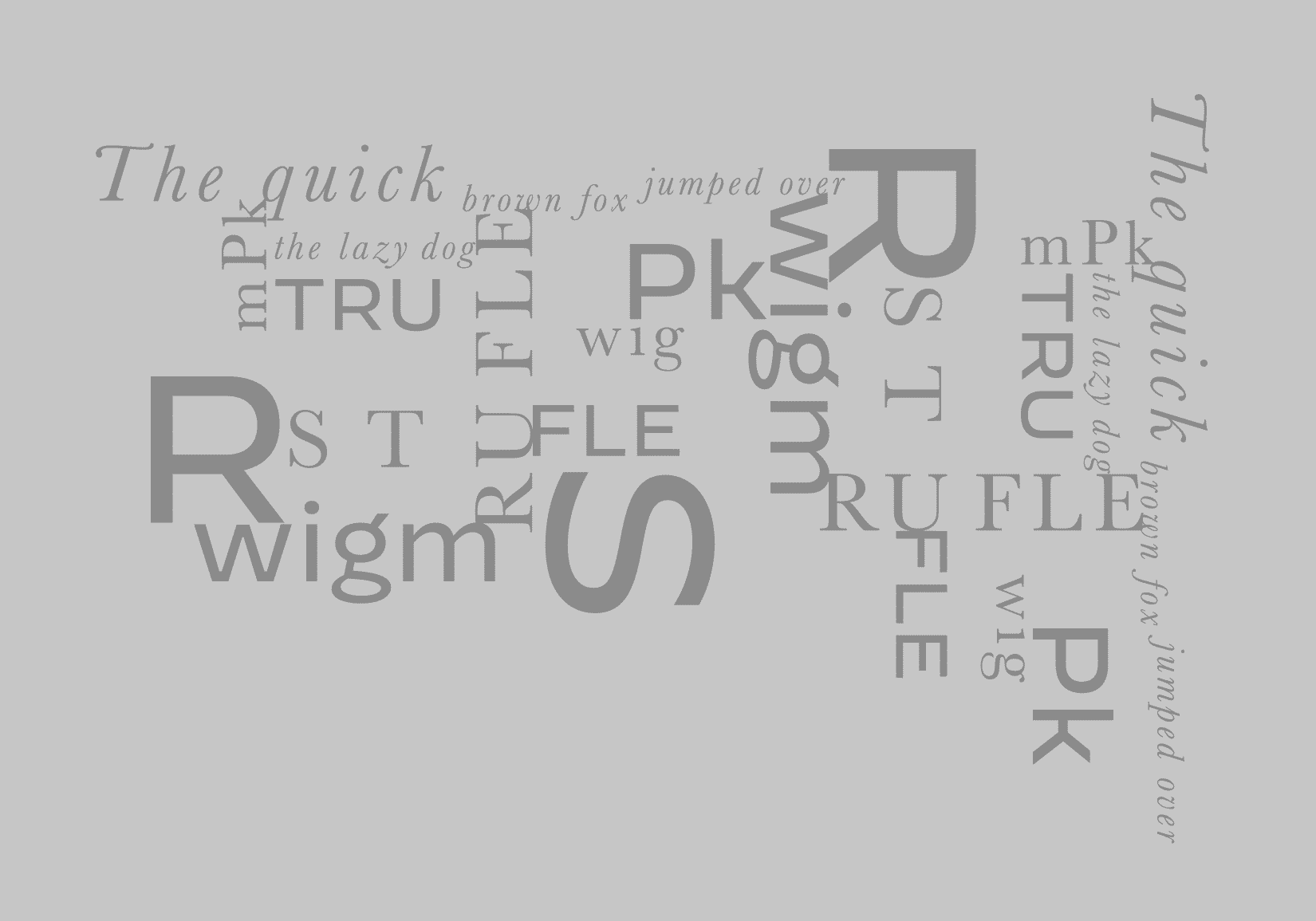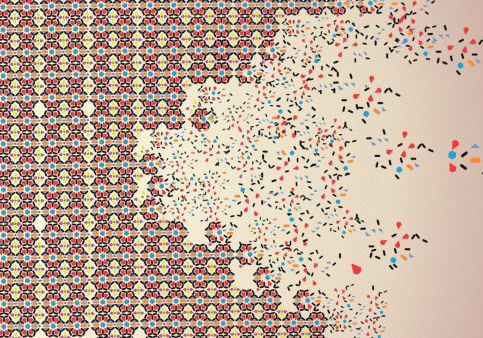There are a lot of different possible applications for graphic design. Some graphic designers or agencies will specialize, or be niche-specific. However, many brands often require numerous avenues for approaching brand awareness. Since a branding agency concerns itself with your brand on a comprehensive level—from the tiniest details to the big picture—they can be a one-stop shop for cohesive and effective designs that span the gamut.
- Advertising & Marketing Design – This is graphic design done for deliverables including flyers, magazine ads, billboards, vehicle wraps, email templates, social media graphics, and more.
- Package Design – This is exactly what it sounds like: graphic design done for packaged items in formats like boxes, bottles, jars, labels, wrappers, etc.
- User Interface Design – This is graphic design generally done for websites, game interfaces, and apps. Of course, this can also apply to environments. But, this gets subcategorized as experiential design.
- Publication Design – This is graphic design done for books, catalogs, newsletters, directories, and so on.
- Motion Graphic Design – This is graphic design created for title sequences, presentations, promo videos, trailers, animated elements, and gifs … just to name a few.
- Environmental Design – This is graphic design applied to signs, exhibitions, building or shop interiors, stadiums, events, wall murals — anywhere that takes up space.
- Visual Identity Design – This is graphic design for the brand identity elements, which include colors, shapes, imagery, textures, details, typography, and, of course, logo design.
Not all agencies have specialties in these areas. But, we can probably think of at least one that does.

Why It’s Important To Have A Brand Promise
In today’s fast-paced and ever-changing business landscape, it’s more important than ever for companies to establish a clear and compelling brand promise. A strong brand promise not only helps companies differentiate themselves from their competitors, but also sets expectations for customers and helps build trust and loyalty. According to Seth Godin, a marketing expert and…

5 Reasons Successful Branding Is Important
In today’s highly competitive marketplace, building a strong brand identity is crucial for businesses looking to stand out and connect with their target audience. A well-crafted brand strategy not only delivers a clear and compelling message but also creates an emotional connection with customers, reinforces credibility, and inspires loyalty. In this article, we’ll explore six…

The Best Time of Day to Post on Social Media
When it comes to social media, gauging the right time or times to post is considered crucial to maximize post interactions. At Remixed, we specialize in social media marketing, and have studied the best times to post. But, it is imperative to note the data isn’t necessarily applicable for every type of audience. A few…

The Future of Branding: How Technology is Shaping the Industry
Executive Summary As we move further into the digital age, technology continues to revolutionize the branding landscape. This white paper will examine the key technological developments shaping the future of branding and discuss how businesses can leverage these advancements to create stronger brand identities, enhance customer experiences, and maintain a competitive edge. Topics covered include…

When Should You Utilize Digital Printing?
Digital printing is probably what most people are most familiar with, since you probably have one at home. Inkjet printers and laser printers are found in many homes, schools, and offices. Of course, these are generally consumer-level digital printers. For digital printing, images are sent directly to the printer using digital files, as opposed to…

What is the Difference Between Serif and Sans-Serif Typefaces?
You may have heard the terms serif and sans-serif before, but do you know what those terms actually mean? In typography, a serif is a small line, stroke, or other decorative flair regularly attached to the end of a larger stroke in a letter or symbol within a particular font or family of fonts. “Sans”…

Flexible vs. Fixed Agency Pricing
Understanding the Key Advantages of Selecting a Digital Agency with Flexible Pricing vs. a Traditional Agency with Fixed Pricing. When it comes to selecting an agency meant to augment a marketing team or department, it’s critical to understand the limitations pricing models create or eliminate. Businesses must find an agency partner that understands their brand’s…

What is Brand Consistency and Why is it Important?
Brand consistency means always delivering messages aligned with the core brand values in the same tone, presenting the brand’s visual language in a consistent way, and repeating the same colors throughout the cohesive brand experience. Over time, these elements become ingrained in the minds of consumers, and they’re more likely to remember your brand. Brand…

